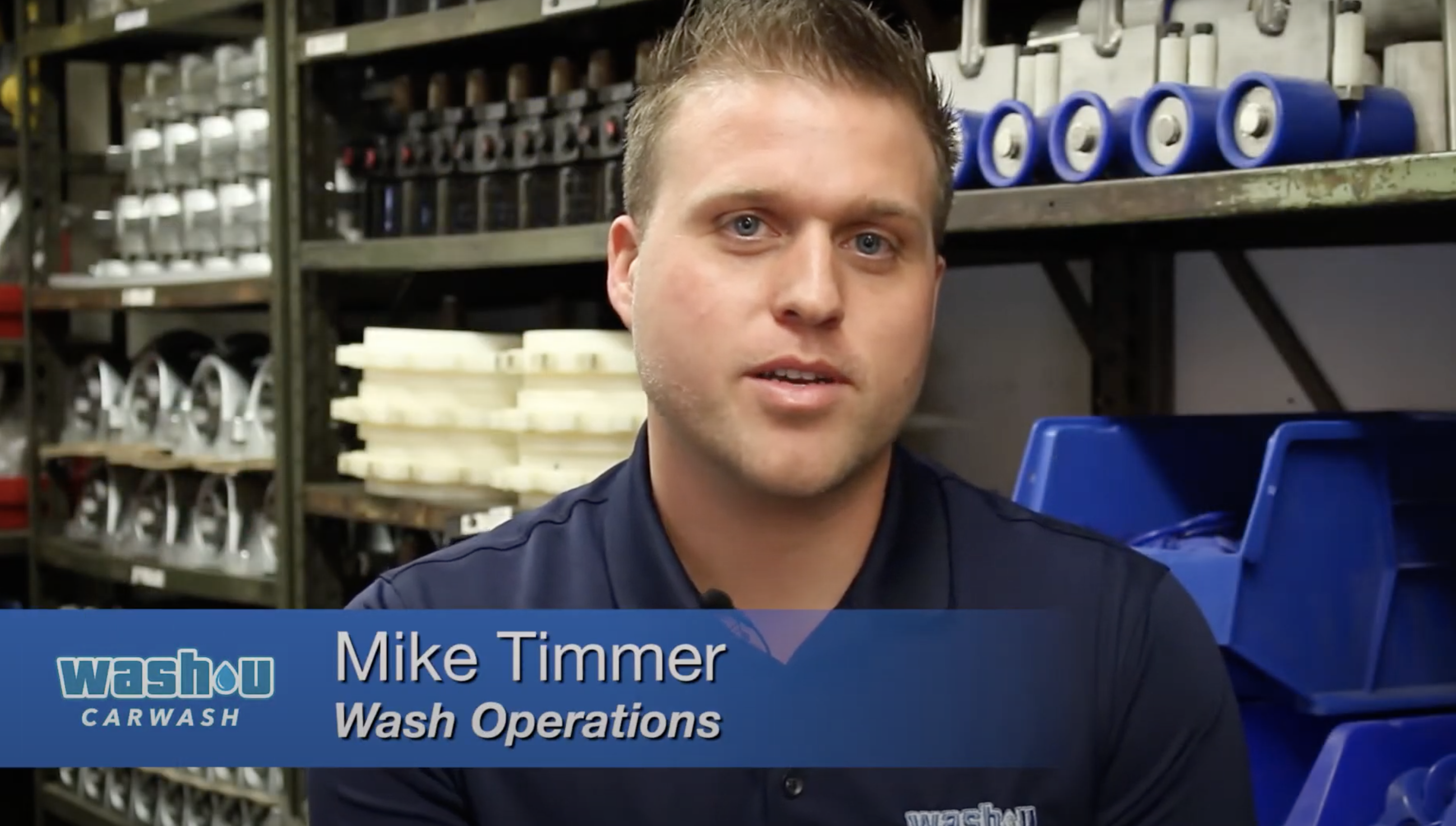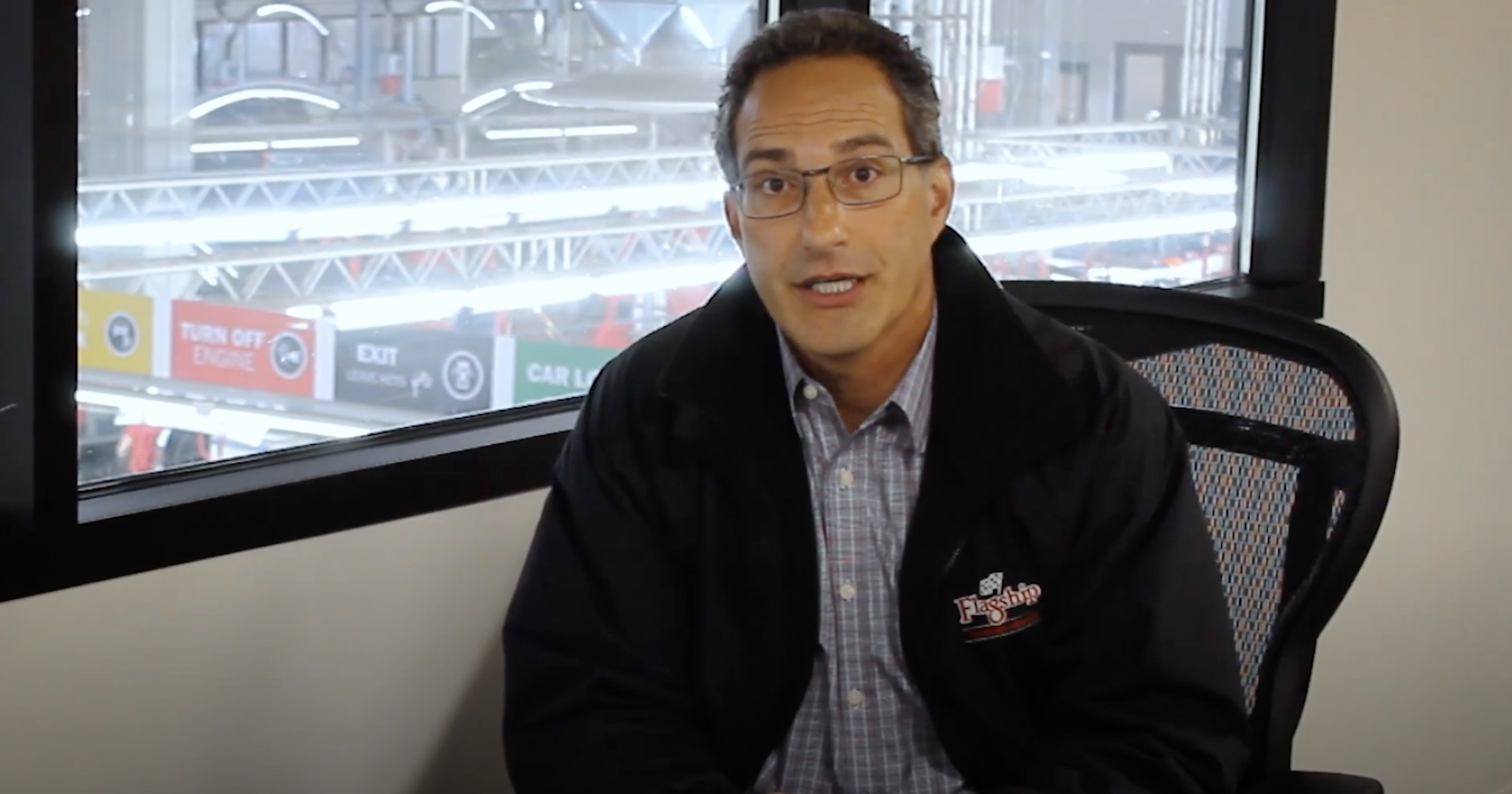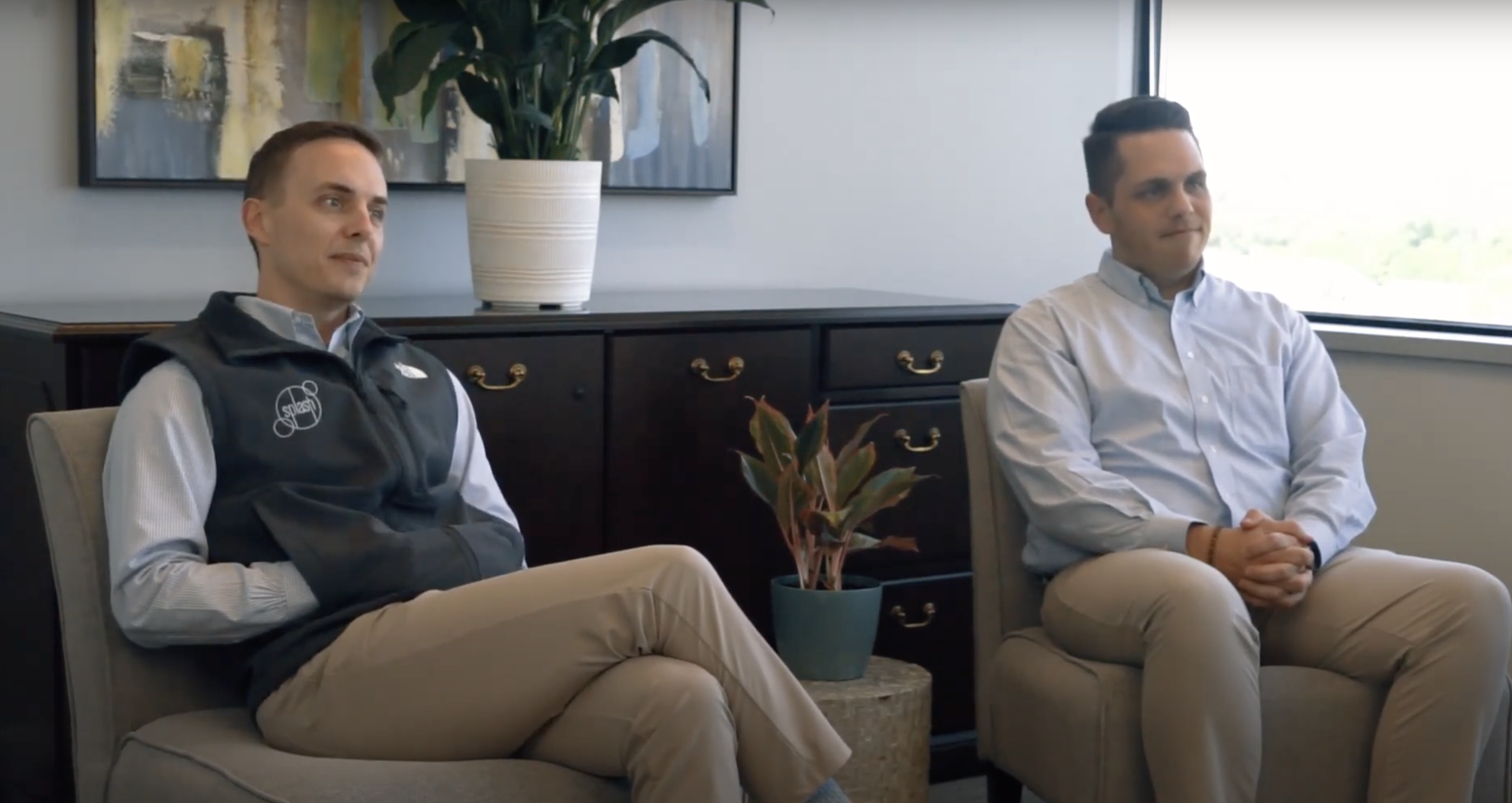
Expert Advice — Belt Conveyors
I’m Steve Timmer. I’m with Wash U. I’m one of the partners with Wash U. Well, we got in the express business almost 12 years ago. So, between owning and operating and building washers, we’ve primarily done expresses.
My name is Michael Timmer. I’m with Wash U Carwash. This will be my 12th year in the car wash industry. We’ve owned and operated multiple car washes in the past.
Steve Timmer: Currently, we have a new concept that we’re kicking off with the Wash U brand. We have two projects that are going to open up in the next 60 days.
Michael Timmer: One in Plainfield, Illinois, and Villa park, Illinois. They’re both expressed model car washes. We do use all AVW equipment and their dual belt conveyor.
Michael Timmer: In the past, I have a lot of experience with the traditional chain and roller conveyor and the dual belt conveyor. Being that I came off the traditional conveyor and since in the last three years switched to the dual belt conveyor, I love the new dual belt conveyor. We’re going to be using it moving forward.
Steve Timmer: We’re big dual belt fans. That’s primarily where we’re at with. In the last four years, that’s all we’ve used is our dual belts.
Steve Timmer: We always try to strive to be on the front edge of the industry. And with also trying to strive to stay on the front end of the industry, we want to separate ourselves from everybody else. We want to be unique and what can we do that is unique and noticeable that a customer notices right away but also gives them an entirely different experience when they’re coming through.
Michael Timmer: The biggest feedback we get from the customers when they are coming to the wash is they’re always anxious. It’s very stressful for them in general knowing that they’re going to come onto a chain and roller, a guide rail system to get the vehicle lined. They’re worried about coming in. They’re worried about damaging the rims. They’re worried about if they’re on it right. Now, the advantage of using the dual belt conveyor is they have plenty of room. It’s very simple and stress-free. And in the end, that’s the biggest thing they say is how enjoyable their experience was because they weren’t worrying about coming into this little guide rail to make sure their car was on it right.
Michael Timmer: Processing with the dual belt conveyor obviously is it’s very simple. The belt will always be moving. You aren’t waiting for any auto sense where the rollers are popping up and you’re waiting to continue loading the next vehicle versus the belt that continues moving and you can keep pulling cars on which in turn maximizes your efficiency and your processing speed throughout the day.
Steve Timmer: Well, the newest and latest is the auto braking. It could automatically turn your brakes or lock your brakes up when you’re going through the carwash.
Michael Timmer: Auto brake is a new technology amongst the auto industry that they’re using in a lot of new vehicles where they’re putting sensors in it to detect any impact or disturbance within the vehicle, which in turn puts that customer’s vehicle in park.
Steve Timmer: If we were on the conventional conveyor, the car would lock up, it would stop there. The conveyor would still continue to pull other vehicles into it and we’d have some dissatisfied customers, some potential damage claims.
Michael Timmer: Auto braking sensors do affect car washing more and more now especially for the traditional chain and roller conveyor. Main reason is in the event that sensor does engage and puts that customer’s vehicle in park on a conveyor, the roller’s going to jump it. The customer behind that is going to be pushed into that customer’s vehicle causing a lot of damage and just an overall bad experience for that wash.
Steve Timmer: Fortunately, with the new dual belt, all that kind of goes away. Because we’re riding through on two moving sidewalks so to speak, it process very smoothly. The customer is alerted in their vehicle that they’re automatic lock is going on and they’re braking. They have plenty of time to respond by the end.
Michael Timmer: Auto brake and the dual belt, there really isn’t a lot of concern anymore mainly because that customer’s vehicle is on the belt and they’re moving no matter what. So the wash process won’t be interrupted in the event their sensors do engage, but put them in park. In the end, they’re going to go through the wash like they normally would and exit with a good experience and no damage to the vehicle.
Michael Timmer: With the dual belt conveyor, there really isn’t a lot of maintenance involved. Your biggest maintenance will be monitoring the glide plate wear, the belt itself wear and the sprockets on the top side to make sure that you are maintaining them right, you’re rotating them correctly depending on what your actual car accounts are. The only other maintenance thing you have on top is just greasing your bearings. So when servicing a dual belt conveyor, the access points are pretty similar to what a traditional conveyor is. It’s going to be in the center of the fit. You have plenty of room. The only advantage is you don’t have to actually get down and get muddy and dirty like you would on a chain. You’ll have access to both driver and passenger side belt. There’s also access points at the entrance and exit of the bump-outs so you can get to the bearings and get to the drive and the take up sections and also clean up the drift trays as well.
Michael Timmer: With the dual belt conveyor, you’ll adjust your conveyor speed actually through a VFD, which is a variable frequency drive which is placed inside the actual motor control center itself.



